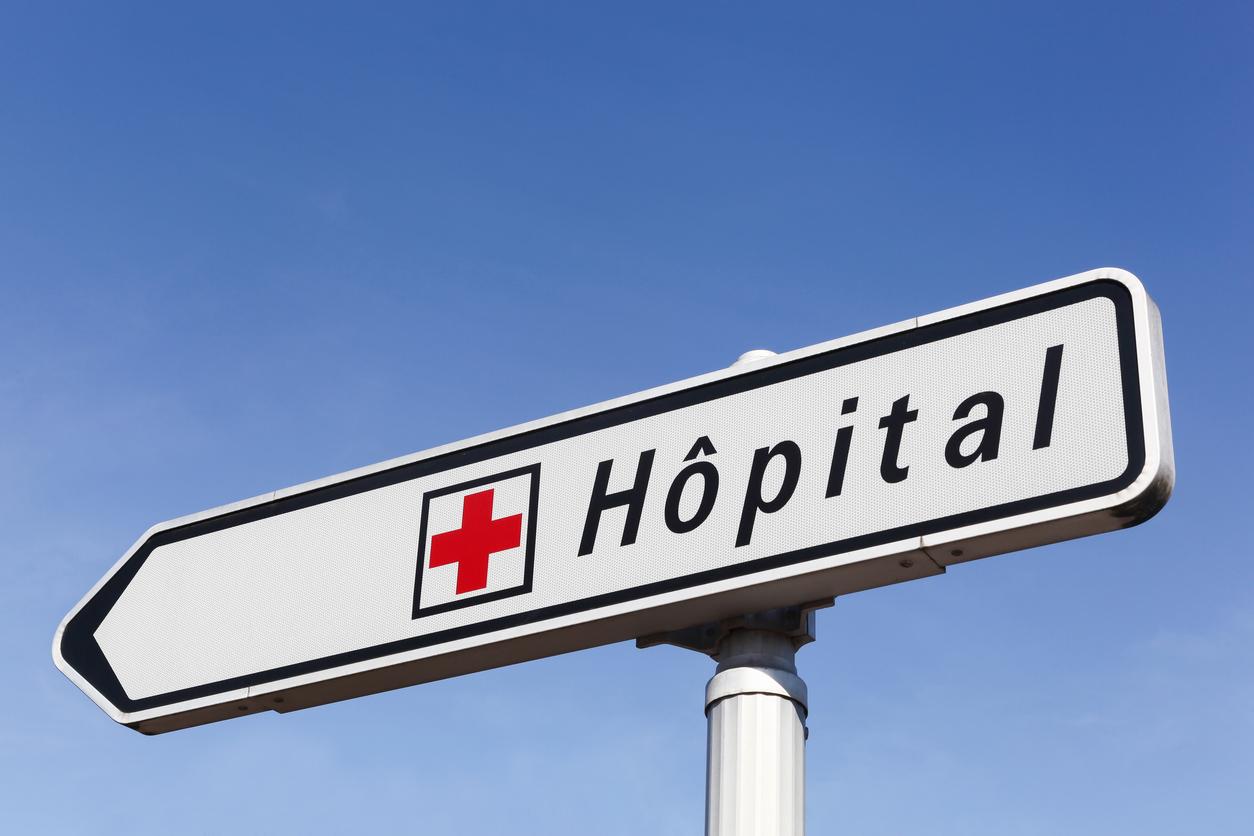A circular from the Ministry of Health has set the maximum working time for emergency physicians at 48 hours per week. The trade unions of the profession welcome but remain suspicious.

“Marisol Touraine, first Minister of Health to recognize the working time of emergency physicians! Is the title of the latest press release from the Association of Emergency Physicians of France (Amuf). Indeed, after the publication on Monday, July 20, of a circular from the Ministry of Health, emergency physicians will now work a maximum of 48 hours per week, including thirty-nine hours of clinical work and nine hours reserved for non-clinical work. .
Up to 60 hours per week in the past
This instruction relating to the “national reference framework for working time management” makes effective a reorganization promised by Marisol Touraine in an agreement signed with emergency physicians on December 22. This negotiation, shorter than expected, convinced these doctors to lift their “unlimited” strike movement, after only 24 hours …
This is a “major advance” for the operation of emergencies, a “real revolution” for the public hospital, said the Amuf and the CGT in a joint press release. Until now, hospital practitioners (PHs) in emergency departments could work up to 60 hours per week. Some even confided to be on the verge of burnout, in a recent confidential note from the intelligence services.
An illegal duration, because, as the SNPHAR union (1) recalled this Wednesday, their medical working time was already limited to 48 hours per week by a European directive. The organization also underlines in passing that “the legal duration of working time in France is currently 35 hours per week”.
Recognized non-clinical tasks
In addition, the text specifies that “shift clinical work”, that is to say the care of patients in the emergency room, on a workstation which is the subject of relief by a colleague, is limited to 39 weekly hours. Hours exceeded will be subject to additional remuneration.
Another breakthrough obtained: in “shift” work, the time spent waiting between two emergencies and during which the practitioner must remain available will be counted, which was not the case previously.
Finally, these practitioners obtain recognition for the part of the work devoted to their non-clinical tasks: coordination, organization, research or training work. They will have a set time allotted to these activities of 9 hours per week.
To conclude, it should all the same be emphasized that this text does not mark the end of the uneasiness of emergency workers. According to Dr Christophe Prudhomme (CGT-Santé), the application of this device will “create tensions”. He mentions in particular the “reluctance of the presidents of the medical commissions of establishments (CME) to implement this new organization”.
The Amuf, for its part, hopes that this major social advance “will be intended to extend to other specialties (hospital) having the same time constraint”.
(1) National Union of Hospital Anesthetists-Resuscitators
.















